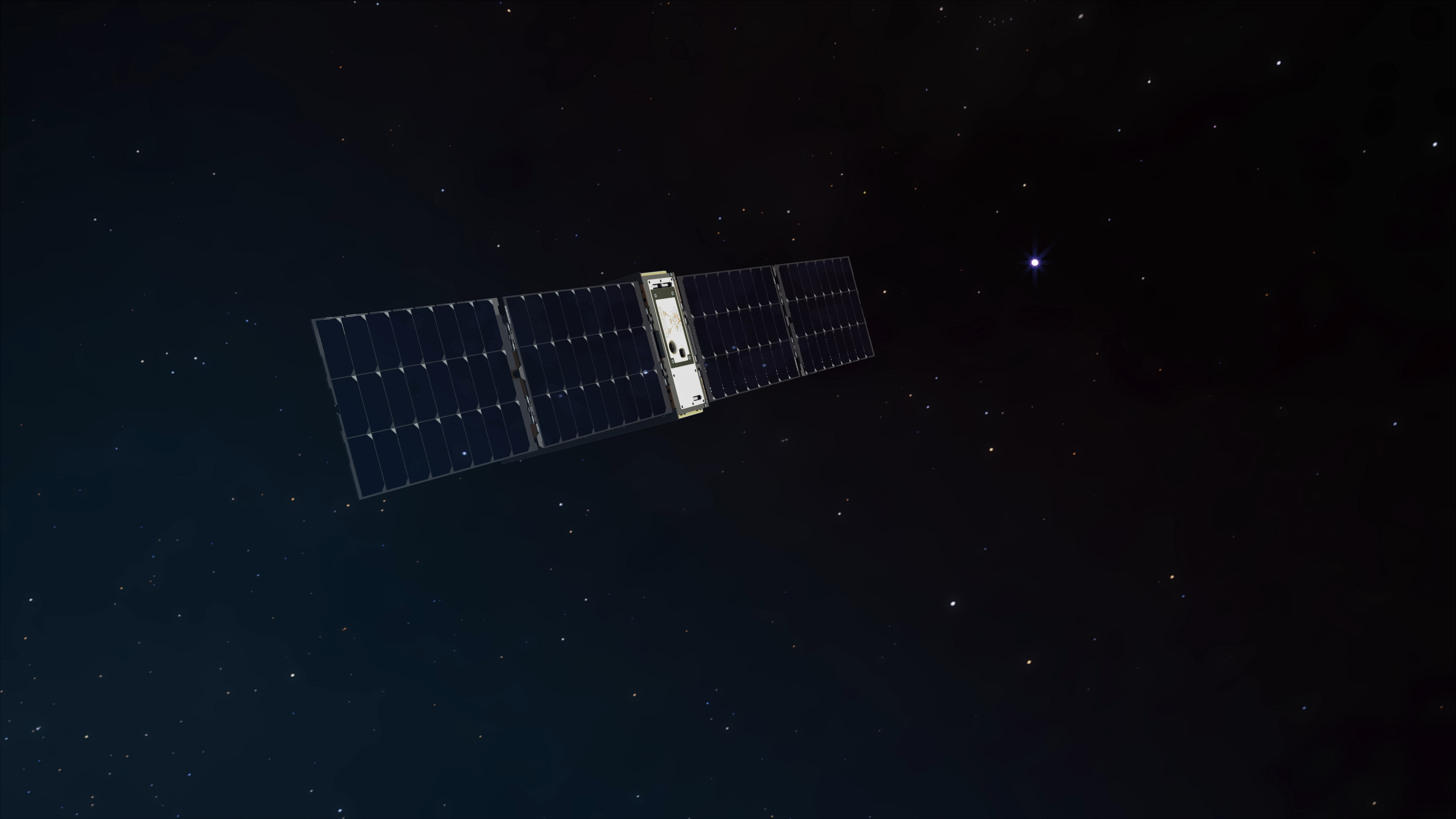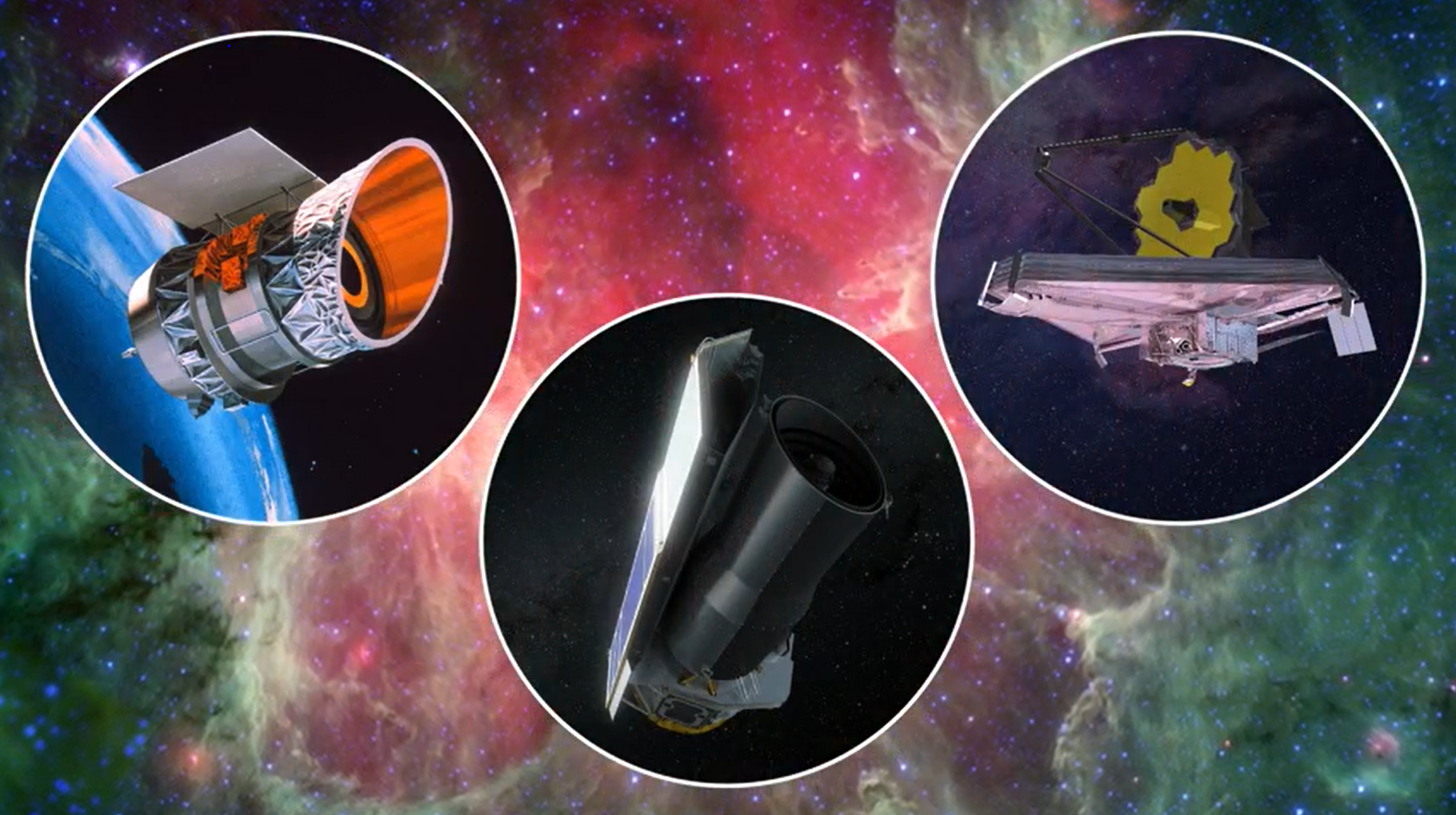5 min read
Written By: Dr. John C. Mather
As an astronomer, I use light to travel through the universe, and to look back in time to when the universe was young. So do you! All of us see things as they were when the light was emitted, not as they are now. The farthest thing you can easily see without a telescope is the Andromeda Nebula, which is a galaxy like the Milky Way, about 2.5 million light years away. You see it as it was 2.5 million years ago, and we really don’t know what it looks like today; the disk will have rotated a bit, new stars will have been born, there could have been all kinds of exploding stars, and the black hole in the middle could be lighting up.
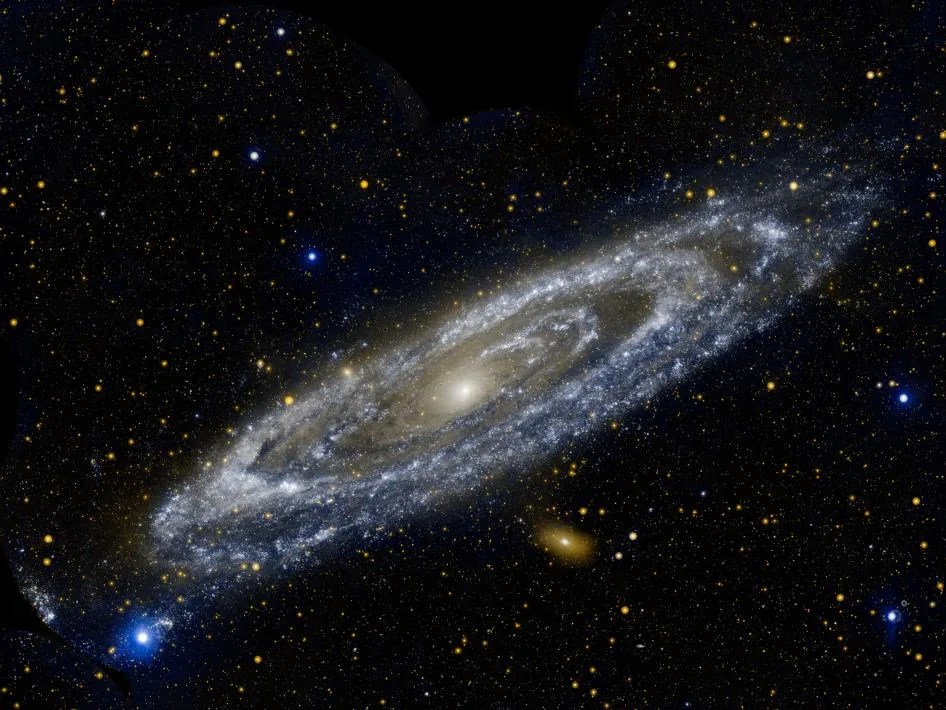
People may be skeptical of the Big Bang theory, even though we have a TV show named for it, but we (I should say Penzias and Wilson) measured its heat radiation 51 years ago at Bell Telephone Labs in New Jersey. Their discovery marks the beginning of the era of cosmology as a measurement science rather than speculation. Penzias and Wilson received the Nobel Prize in 1978 for their finding, which had been predicted in 1948 by Alpher and Herman. By the way, heat radiation is just another form of light – we call it radiation because we can’t see it, but it’s exactly the same phenomenon of electromagnetic waves, and the only difference is the wavelength. In the old days of analog television, if you tuned your TV in between channels, about 1% of the snow that you could see came from the Big Bang.
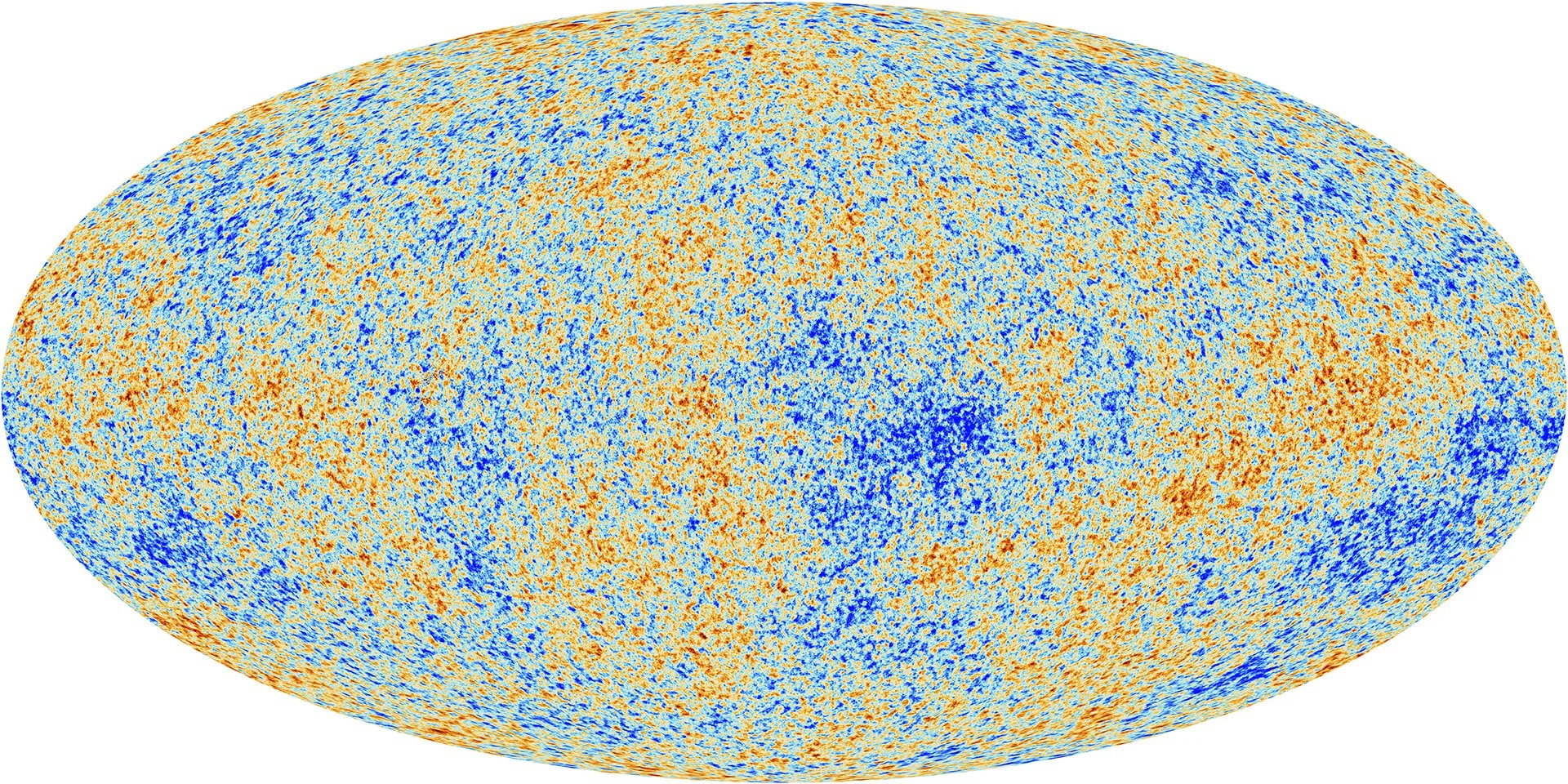
So when we look at the heat radiation of the early universe, we really are gazing right at what seems to us a cosmic fireball, which surrounds us completely. It’s a bit of an illusion; if you can imagine what astronomers in other galaxies would see, they would also feel surrounded by the fireball, and they would also think they were in the middle. So from a mathematical version of imagination, we conclude that there is no observable center and no edge of our universe, and that the heat of the fireball fills the entire universe uniformly.
Astronomers are also using light to find out whether we are alone in the universe. The Kepler observatory showed that thousands of stars blink a little when their orbiting planets pass between us and them, and other observatories use light to measure the wobble of stars as their planets pull on them. Eventually, we will find out whether planets like Earth have atmospheres like Earth’s too – with water, carbon dioxide, oxygen, methane, and other gases that would be evidence of photosynthetic life. I think in a few decades we will have evidence that some planets do have life, and it will be done using light for remote chemical analysis.
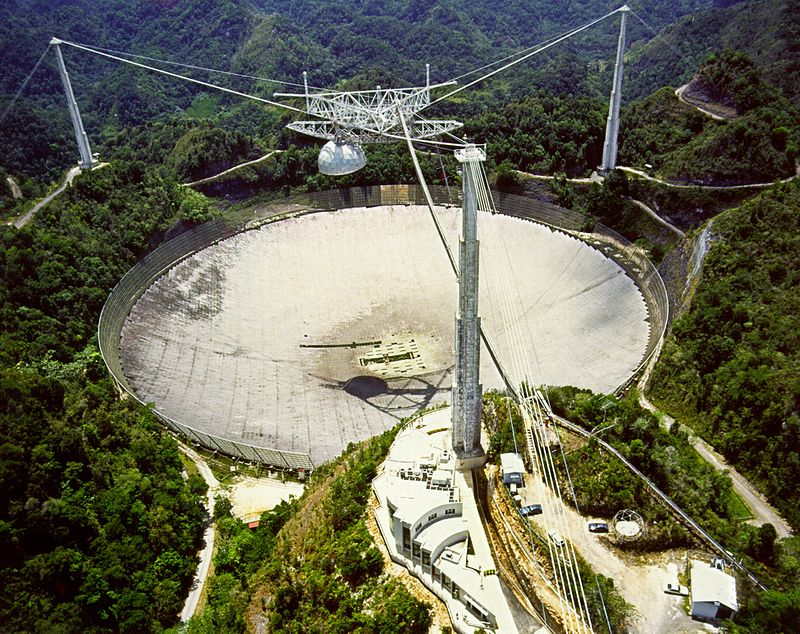
Also, astronomers at the SETI project are using light (long wavelength light we can pick up with radio telescopes) to look for signals from intelligent civilizations. That’s a harder project because we don’t know what to look for. But if we wanted to send signals all the way across the Milky Way, we could do it with laser beams, and if somebody over there knew what to look for, he or she could decode the message. On with the search!
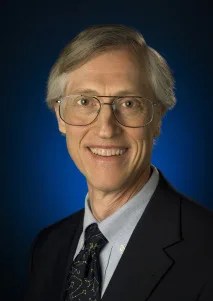
Dr. John C. Mather is a Senior Astrophysicist and is the Senior Project Scientist for the James Webb Space Telescope at NASA’s Goddard Space Flight Center in Greenbelt, MD. His research centers on infrared astronomy and cosmology. With the Cosmic Background Explorer (COBE) team, he showed that the cosmic microwave background radiation has a blackbody spectrum within 50 parts per million, confirming the expanding universe model (aka the Big Bang Theory) to extraordinary accuracy, and initiating the study of cosmology as a precision science. The COBE team also made the first map of the hot and cold spots in the background radiation. The COBE maps have been confirmed and improved by two succeeding space missions, the Wilkinson Microwave Anisotropy Probe (WMAP, built by GSFC with Princeton University), and the Planck mission built by ESA. Based on these maps, astronomers have now developed a “standard model” of cosmology and have built detailed numerical simulations that begin to match Hubble observations, and require the existence of both “dark matter” and “dark energy”, neither of which has been detected or deduced in laboratory experiments. Dr. Mather is the recipient of numerous awards, including the Nobel Prize in Physics (2006) with George Smoot, for the COBE work, and the NASA Distinguished Service Medal (2007). He is a member of many professional societies including the National Academy of Sciences and the American Academy of Arts and Sciences. Dr. Mather is now working with teams and committees to develop plans for a future great telescope capable of observing signs of life on planets orbiting other stars.


